- No products in the cart.
Kortef tab 10mg fl.p / e 100 pcs
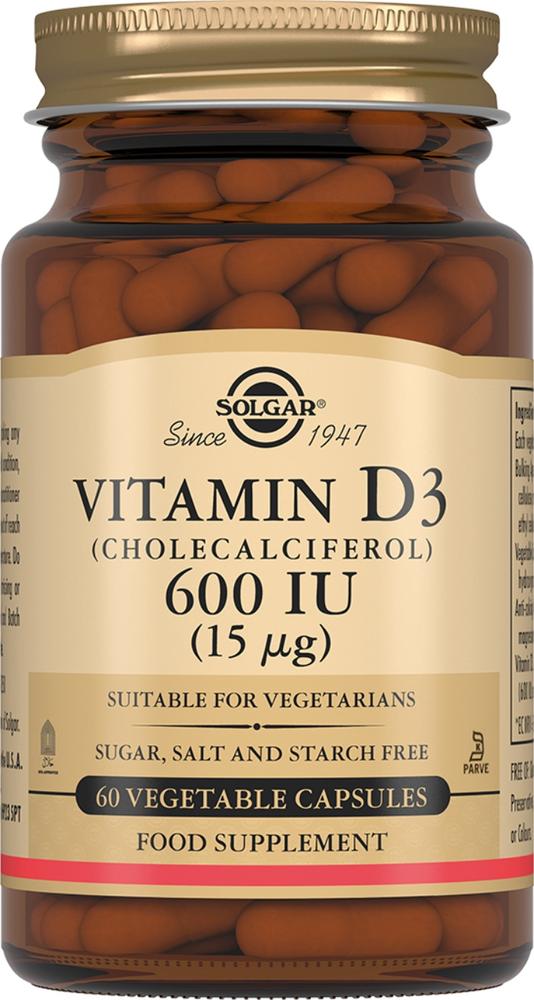
Solgar Vitamin D3 capsules. 600me 60 pc
$23.05
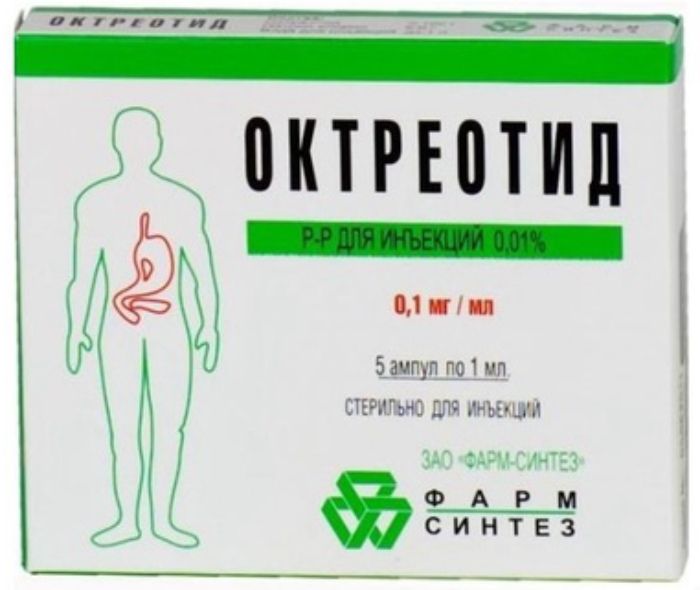
Octreotide solution and / I / / n / a 0.1mg / ml 1ml ampoules 5 pcs
$44.10
$10.97
Kortef tab 10mg fl.p / e 100 pcs
SKU: 0863780006 Categories: Glucocorticosteroids, Hormones, Medicaments Tags: hydrocortisone, Pfizer
Description
Composition
Active substance:
1 tablet contains: hydrocortisone, 5 mg, 10 mg or 20 mg ;.
Excipients:
Aktozy monohydrate 169.0 mg / 231.0 mg / 257 mg corn starch 10.25 mg / 10.94 mg / 14.7 mg Sucrose 3.75 mg / 4.44 mg / 5.0 mg Calcium stearate 1.3 mg / 1.3 mg / 0.97 mg, mineral oil 0.57 mg / 0.95 mg / 0.71 mg, sorbic acid 0.01 mg / 0.01 mg / 0.01 mg.
Description:
White round biconvex tablets with a mark on one side and stamping CORTEFi numeral 5 or 10 or 20, respectively, on the other side.
Product form:
Tablets 5 mg, 10 mg, 20 mg.
Initial: 50 tablets 5 mg and 100 mg tablets of 10 or 20 mg PVP vials with plastic cap fitted with an inner liner made of paper with a polyolefin foam, protected children from opening; filled the space above the tablets filled with wool; the neck of the vial is sealed protective foil disc of polyethylene.
Secondary: 1 bottle with instructions for use placed in a cardboard box. Instructions for use can be attached to one side of the bottle or be put in a cardboard box.
Contraindications
Systemic fungal infections.
Hypersensitivity to any component of the drug in the anamnesis.
CAREFULLY
Ulcerative colitis with perforation risk, abscess, or other purulent infection; diverticulitis; intestinal anastomosis (in the near history); acute or latent peptic ulcer, gastric ulcer or duodenal ulcer, esophagitis, gastritis; osteoporosis; myasthenia gravis; hypoalbuminemia, and conditions that predispose to its appearance, including cirrhosis of the liver; renal failure; diabetes (including violation of tolerance to carbohydrates), hyperthyroidism, Cushing’s disease pituitary, hypothyroidism; acute psychosis; herpes simplex (eye shape); strongyloidiasis; chicken pox, measles, active or latent tuberculosis, severe bacterial or viral infections (increases the risk of superinfection, masking the symptoms of the disease, it is permissible to use the drug only on the background of specific antimicrobial therapy), glaucoma, AIDS, HIV infection; arterial hypertension; acute and subacute myocardial infarction.
Dosage
10 mg
Indications
Apply strictly prescribed by a doctor to avoid complications. 1. Endocrine diseases
Primary or secondary adrenocortical insufficiency (drugs of choice – hydrocortisone or cortisone, if necessary, their synthetic analogs may be used in combination with a mineralocorticoid, especially in pediatric patients)
Congenital adrenal hyperplasia
subacute thyroiditis
Hypercalcemia amid cancer 2. Rheumatic diseases and arthropathies (as adjunctive therapy for short elimination of acute states or exacerbation)
psoriatic arthritis
Rheumatoid arthritis, including juvenile rheumatoid arthritis (in some cases may require maintenance therapy with low doses)
ankylosing spondylitis
Acute and subacute bursitis
Acute nonspecific tenosynovitis
Acute gouty arthritis
Post-traumatic osteoarthritis
Synovitis of osteoarthritis
Epicondylitis 3. Systemic diseases of connective tissue (in acute or in some cases as maintenance therapy)
Systemic lupus erythematosus (and lupus nephritis)
Systemic dermatomyositis (polymyositis)
Acute rheumatic heart disease 4. Skin diseases
Pemphigus
Bullous dermatitis herpetiformis
Severe erythema multiforme (Stevens-Johnson syndrome)
exfoliative dermatitis
Severe psoriasis
5. Heavy seborrheic dermatitis Allergic conditions (in the case of severe or incapacitating conditions for which conventional therapy is ineffective)
Seasonal or perennial allergic rhinitis
serum sickness
Bronchial asthma
Contact dermatitis
Atopic dermatitis
Hypersensitivity reactions to medicines 6. Eye diseases (severe acute and chronic allergic and inflammatory processes in the eye lesion)
allergic conjunctivitis
keratitis
Allergic corneal marginal ulcers
Ocular Herpes zoster form
Iritis and iridocyclitis
chorioretinitis
Inflammation of the anterior chamber
Diffuse posterior uveitis and choroiditis
Optic neuritis
Sympathetic ophthalmia 7. airway diseases
symptomatic sarcoidosis
Loeffler’s syndrome, is not amenable to treatment by other means
berylliosis
Fulminant and disseminated pulmonary tuberculosis in combination with an appropriate chemotherapy TB
Aspiration pneumonitis 8. Hematologic Disorders
Idiopathic thrombocytopenic purpura in adults
Secondary thrombocytopenia in adults
Acquired (autoimmune) hemolytic anemia
Erythroblastopenia (red cell anemia)
Congenital (erythroid) hypoplastic anemia 9. Oncological diseases (as a palliative treatment)
Leukemias and lymphomas in adults
Acute leukemia in children
Mycosis fungoides (aliber disease) 10. Otechny syndrome
To stimulate diuresis and proteinuria achieving remission in patients with nephrotic syndrome, without uremia, idiopathic type or because of systemic lupus erythematosus 11. Disorders of the gastrointestinal tract (for the treatment of acute conditions)
Ulcerative colitis
Regional enteritis 12. Nervous System
Exacerbation of multiple sclerosis 13. Other indications for use
Tuberculous meningitis with subarachnoid block or threat unit (in conjunction with appropriate antituberculosis chemotherapy).
Interaction with other drugs
Formulations activating hepatic enzymes such as phenobarbital, phenytoin, and rifampin may increase the clearance of hydrocortisone, which may require increasing doses of the drug to produce the desired effect.
Drugs such as ketoconazole and troleandomycin can inhibit the metabolism of corticosteroids and reduce its clearance. In this case, you should reduce the dose of corticosteroids to avoid the effects of overdose.
Corticosteroids may enhance clearance of acetylsalicylic acid taken in high doses for long periods, which can lead to a decrease in salicylate concentration in serum or increase the risk of toxicity salicylates cases corticosteroids. Patients with gipoprotrombinemiey given acetylsalicylic acid in combination with corticosteroids should be cautious.
It reported as gain and to reduce the effect of oral anticoagulants taken concurrently with corticosteroids. To maintain the desired anticoagulant effect needs constant determination of coagulation parameters.
While the use of live virus vaccines and immunization against drugihvidov corticosteroids increase the risk of activation of viruses and the development of infections.
GCS accelerate the metabolism of isoniazid, mexiletine, which leads to a decrease in their plasma concentrations.
It increases the risk of hepatotoxicity due to paracetamol induction “liver” enzymes and education toxic metabolite of paracetamol.
During prolonged GCS therapy may require higher doses of folic acid.
Hypokalemia caused by corticosteroids, may increase the severity and duration of muscular blockade in patients receiving muscle relaxant.
At high doses of corticosteroids reduces the effect of growth hormone.
Hydrocortisone reduces the effect of hypoglycemic drugs.
Natriycoderzhaschie drugs increase the risk of edema and high blood pressure.
Nonsteroidal anti-inflammatory drugs (NSAIDs) and ethanol increase the risk of GI ulceration or bleeding shell, but when used in combination corticosteroids with NSAIDs for the treatment of arthritis therapeutic effect is increased, so it is possible to reduce the dose of corticosteroids.
When combined with other inhibitors mitotanom and function of the adrenal cortex may be necessary to increase the dose of corticosteroids.
In patients receiving immunosuppressive corticosteroids increase the risk of infection and lymphoma or other lymphoproliferative disorders caused by the Epstein-Barr virus.
Concomitant use of androgens or anabolic steroids may increase the risk of edema and lead to acne.
The combined use of m-holinoblokatorami facilitates increase in intraocular pressure.
Corticosteroids increase the toxicity of cardiac glycosides (because of the increased risk of arrhythmias arising hypokalemia) weaken the impact of vitamin D on calcium absorption in the intestinal lumen.
Thiazide diuretics, carbonic anhydrase inhibitors, corticosteroids and other amphotericin B increase the risk of hypokalemia.
Indomethacin, displacing the SCS from its association with albumin, increases the risk of their side effects.
Amphotericin B and carbonic anhydrase inhibitors increase the risk of osteoporosis.
Clearance GCS increased against the background of the use of drugs – thyroid hormones.
Estrogens (including estrogen-containing oral contraceptives) reduce clearance GCS extend their half life, and therapeutic and toxic effects.
Tricyclic antidepressants may increase the severity of depression caused by GCS (not shown for the therapy of side-effects data).
The risk of developing cataracts increases with the use of corticosteroids compared to other antipsychotic drugs (neuroleptics), karbutamida and azathioprine.
Overdose
The clinical syndrome of acute drug overdose not described. Reported cases of acute toxicity in overdose corticosteroids are extremely rare. There is no specific antidote. Treatment is symptomatic. Hydrocortisone is displayed during dialysis.
pharmachologic effect
Pharmacological group:
Glucocorticosteroid agent.
Pharmacodynamics:
Hydrocortisone, a synthetic analogue of the natural glucocorticosteroid (GCS), anti-inflammatory effect and is used for diseases of various organs and systems. It also possesses mineralocorticoid properties moderate severity, and can be used for replacement therapy in conditions of adrenocortical hormone deficiency. Like other corticosteroids, hydrocortisone has a pronounced effect on various metabolic processes. In addition, hydrocortisone, suppresses immune response.
Pharmacokinetics:
Hydrocortisone is well absorbed from the gastrointestinal tract (GIT), the maximum blood concentration is reached after about 1 hour after ingestion. Plasmatic half-life of hydrocortisone – about 100 min. More than 90% of hydrocortisone is due to plasma proteins.
Hydrocortisone is metabolized in the liver and most body tissues to hydrogenated and degraded forms, such as tetrahydrocortisol tetragidrokortizon and that the kidneys, mainly in the form of glucuronides, moreover, a very small part of hydrocortisone excreted by the kidneys in unchanged form.
Hydrocortisone easily crosses the placenta.
Pregnancy and breast-feeding
As relevant studies on the effect of corticosteroids in human reproduction has not yet been carried out, the use of these drugs during pregnancy, nursing mothers or women of childbearing age requires an estimate of probable positive effect of the drug compared with the potential risk for the mother of the embryo or fetus. Children born to mothers who have received substantial doses of corticosteroids during pregnancy should be carefully examined in order to identify possible symptoms of adrenal hypofunction.
Conditions of supply of pharmacies
On prescription.
side effects
The following side effects are typical for all GCS.
The frequency and severity of side effects depend on the duration of application, size of the dosage used and the possibility of receiving in accordance with the circadian rhythm.
From the Endocrine: adrenal suppression, secondary adrenal and pituitary unresponsiveness of various origins, development of Cushing’s syndrome, menstrual irregularities, impaired glucose tolerance, manifestation of latent diabetes mellitus, increased requirements for insulin or oral hypoglycemic agents in diabetics.
From the digestive system: peptic ulcer with possible perforation and hemorrhage, pancreatitis (nausea, vomiting), abdominal distension, erosive / ulcerative esophagitis.
After treatment with corticosteroids was observed increased activity of alanine transaminase (ALT), aspartate transaminase (AST) and alkaline phosphatase in the blood serum.
Usually, these changes are minor, not associated with any clinical syndrome and are reversible upon discontinuation of treatment.
Cardio-vascular system: congestive heart failure in patients with the appropriate predisposition, high blood pressure in patients with acute and subacute myocardial infarction – the spread necrosis, slowing the formation of scar tissue, which can lead to rupture of the heart muscle.
From the nervous system: increased intracranial pressure with papilledema (pseudotumor of the brain), especially after treatment, seizures, dizziness, headache, delirium, confusion, euphoria, hallucinations, manic-depressive psychosis, depression, paranoia.
From the senses: posterior subcapsular cataracts, increased intraocular pressure, glaucoma with possible damage to the optic nerve, exophthalmos, the tendency to the development of secondary bacterial, fungal or viral infections of the eyes.
From the Metabolic: negative nitrogen balance due to protein catabolism.
Conditional ISS activity: sodium retention and body fluids, hypokalemic alkalosis, muscle weakness, loss of potassium.
On the part of the musculoskeletal system, “steroid” myopathy, loss of muscle mass, osteoporosis, tendon rupture, particularly of the Achilles tendon, vertebral compression fractures, aseptic necrosis of the femoral epiphysis and humerus, pathological fractures of long bones, stunted growth in children.
For the skin: slow healing wounds, skin thinning and decrease of strength, petechiae, ecchymoses, facial erythema, possible inhibition of the reaction in skin tests, hirsutism, increased sweating.
Allergic reactions: generalized (skin rash / urticaria).
When using other corticosteroids have been reported on the following side effects: increased appetite, hiccups, arrhythmia, hypercoagulation, thrombosis, trophic changes of the cornea, increased excretion of calcium, hypocalcemia, development or aggravation of infections (appearance of this side effect, contribute jointly used immunosuppressants and vaccination). In applying the drug Kortef®soobscheniya of the above side effects are not currently available.
special instructions
Patients who may be exposed to stress on the background of SCS therapy, shows quick GCS drugs in high doses, before, during and after the stressful situation.
During therapy with corticosteroids, some infections can occur in the form of a worn, moreover, can develop a new infection. In the application of corticosteroids may be reduced resistance to infection, and also reduced the body’s ability to localize the infection process. The development of infections caused by various pathogenic organisms such as viruses, bacteria, fungi, protozoa or helminths which are localized in various human body systems may be associated with the use of corticosteroids, both as monotherapy and in combination with other immunosuppressive agents acting on cellular immunity, humoral immunity, or neutrophil function. These infections can occur not heavy, but in some cases it is possible for the heavy and even death. And than higher doses of corticosteroids are used, the higher the probability of infectious complications.
With the defeat of the eye caused by the herpes simplex virus, corticosteroids should be used with caution because it can lead to corneal perforation.
Prolonged use of corticosteroids may cause a posterior subcapsular cataract, glaucoma with possible lesion of the optic nerve and to provoke the secondary attachment ophthalmic fungal or viral infection.
Medium and large doses of hydrocortisone can cause high blood pressure, electrolyte retention, and improved fluid potassium excretion. These effects are less likely with the use of synthetic analogues, except when they are used in high doses. We need to limit salt intake from food and the appointment of potassium preparations. All corticosteroids increase calcium excretion.
Patients receiving treatment with corticosteroids in dosages that provide immunosuppressive effect, contraindicated administering live or live attenuated vaccines, but may be administered killed or inactivated vaccines, but reaction to the introduction of such vaccines can be reduced. Patients receiving treatment with corticosteroids at doses that do not produce an immunosuppressive action, immunization can be performed by appropriate indications.
Use of a preparation with active tuberculosis should be limited to cases of fulminant and disseminated tuberculosis when corticosteroids are used to treat the disease in combination with an appropriate anti-tuberculosis chemotherapy.
If the drug is prescribed to patients with latent tuberculosis or positive tuberculin skin test, treatment should be under strict medical supervision, because the possible reactivation of the disease. Во время длительной терапии препаратом такие больные должны получать соответствующее профилактическое лечение.
Больные, получающие препараты, подавляющие иммунную систему более восприимчивы к инфекциям, чем здоровые лица. Например, ветряная оспа и корь могут иметь более тяжелое течение, вплоть до летального исхода у неиммунизированных детей или у взрослых, получающих ГКС. У таких детей или взрослых, еще не имеющих заболевания, должны приниматься меры для предупреждения контакта с больными. Неизвестно, как дозировка, путь введения и длительность лечения ГКС влияют на риск развития диссеминирования инфекции. Роль основного заболевания и/или предварительного лечения ГКС в риске развития инфекции также неизвестна. При инфицировании ветряной оспой может быть показано профилактическое введение VZIG (иммуноглобулина для серотерапии ветряной оспы). При контакте с возбудителем кори может быть назначено внутримышечное введение иммуноглобулина (IgG) (для получения более полной информации см. инструкции по применению VZIG и IgG). При развитии ветряной оспы следует рассмотреть возможность лечения противовирусными препаратами. ГКС также должны назначаться с большой осторожностью больным с подтвержденным или подозреваемым стронгилоидозом. Вызванная ГКС иммуносупрессия, у таких больных приводит к стронгилоидной гиперинфекции и диссеминации процесса с распространенной миграцией личинок, часто с развитием тяжелых форм энтероколита и грамотрицательной септицемии с возможным летальным исходом.
Информация для пациентов: лицам, получающим ГКС в иммуносупрессивных дозах, следует избегать контакта с больными ветряной оспой или корью; пациентов следует информировать о том, что в случае контакта они должны немедленно обратиться к врачу.
Вторичную недостаточность коры надпочечников, вызванную приемом препарата, можно свести к минимуму постепенным снижением дозы. Этот тип относительной недостаточности может продолжаться в течение нескольких месяцев после окончания лечения, поэтому при любых стрессовых ситуациях в этот период следует вновь назначить ГКС. Поскольку может нарушаться секреция минералокортикоидов, необходимо сопутствующее назначение электролитов и/или минералокортикоидов.
У больных гипотиреозом и циррозом печени эффект ГКС усиливается. Для контроля состояния после лечения следует назначать минимальные возможные дозы ГКС, и снижение дозы следует проводить постепенно.
На фоне терапии ГКС возможно развитие различных психических расстройств: от эйфории, бессонницы, неустойчивости настроения, изменений личности и тяжелой депрессии до острых психотических проявлений. Кроме того, могут усиливаться уже имеющиеся эмоциональная нестабильность или склонности к психотическим реакциям.
При назначении длительного лечения ГКС новорожденным и детям следует тщательно следить за их ростом и развитием.
Сообщается, что у больных, получавших терапию ГКС, отмечалась саркома Капоши. При отмене ГКС может наступить клиническая ремиссия.
Несмотря на то, что контролируемые клинические исследования показали эффективность ГКС для быстрого купирования обострения рассеянного склероза, не было выявлено влияние ГКС на течение заболевания или исход заболевания. В проведенных исследованиях показано, что в этих случаях для достижения выраженного терапевтического эффекта необходимо назначать высокие дозы ГКС препаратов (см. раздел «Способ применения и дозы»).
Поскольку осложнения терапии ГКС зависят от величины дозы и длительности лечения, то в каждом конкретном случае на основании анализа соотношения риск/польза принимают решение о необходимости такого лечения, а также определяют длительность лечения и частоту приема.
Effects on ability to drive vehicles and mechanisms
В связи с возможностью развития головокружения, судорог и снижения артериального давления препарат Кортеф® следует с осторожностью назначать лицам, управляющим транспортом и занимающимся видами деятельности, требующими повышенной концентрации внимания и быстрой двигательной реакции.
Storage conditions
At a temperature of not higher than 25 C.
Keep out of the reach of children!.
Dosing and Administration
Inside. Начальная доза может варьировать от 20 мг до 240 мг в сутки в зависимости от показаний и тяжести заболевания. При меньшей степени тяжести заболевания доза меньше, однако, у отдельных больных может потребоваться высокая начальная доза. Начальная доза может поддерживаться на том же уровне или подбираться до тех пор, пока не будет достигнут необходимый эффект. Если после достаточно длительного применения препарата клинический эффект не будет достигнут, прием препарата Кортеф®следует прекратить и назначить другую приемлемую терапию. Доза должна подбираться индивидуально на основании картины болезни и реакции больного. После достижения положительного результата необходимая поддерживающая доза определяется путем постепенного снижения начальной дозы в соответствующие временные интервалы до тех пор, пока не будет достигнута наименьшая доза, поддерживающая желаемый эффект. При изменении дозы необходимо тщательное наблюдение за пациентом.
Уточнение дозы следует проводить в следующих случаях: при изменениях клинической картины вследствие ремиссии или обострения заболевания, при индивидуальной чувствительности и реактивности больного, в случае влияния на больного стрессовых ситуаций, не связанных с заболеванием, по поводу которого назначено лечение. В последнем случае может потребоваться увеличение дозы препарата на этот период времени.
При необходимости отмены препарата после длительного применения снижать дозу рекомендуется постепенно.
Рассеянный склероз
При лечении обострений рассеянного склероза показана суточная доза 200 мг преднизолона в течение недели с последующей дозой 80 мг внутрь каждый день в течение месяца (20 мг гидрокортизона эквивалентно 5 мг преднизолона).
Information
Appearance may differ from that depicted in the picture. There are contraindications. You need to read the manual or consult with a specialist
Additional information
| Weight | 0.100 kg |
|---|---|
| Manufacturer | Pfizer |

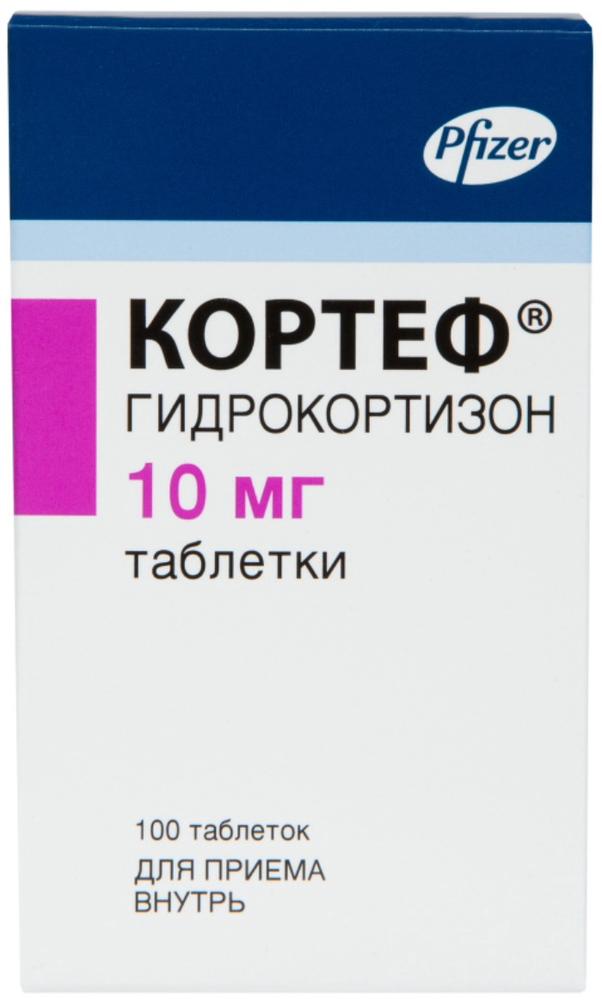
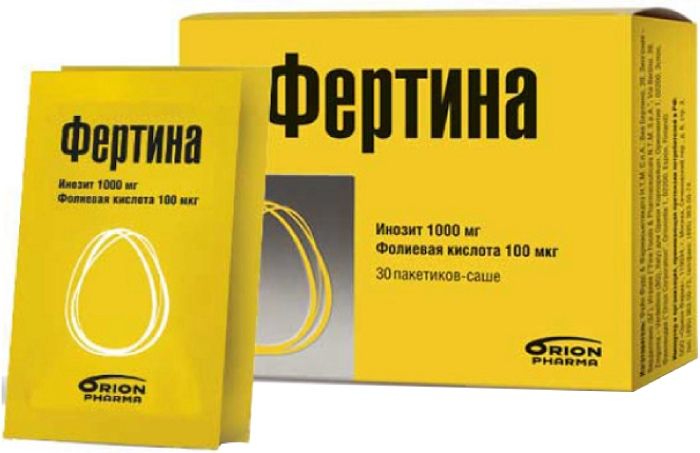
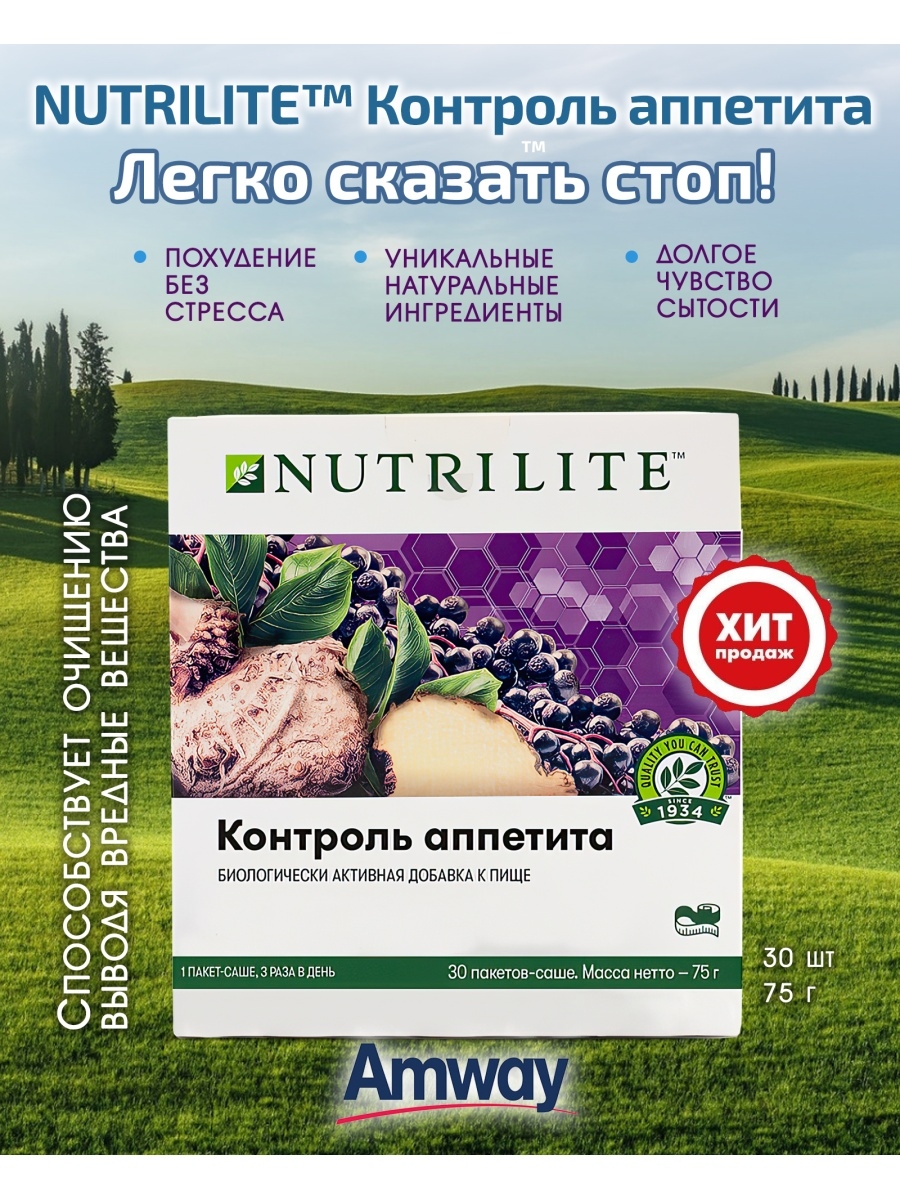
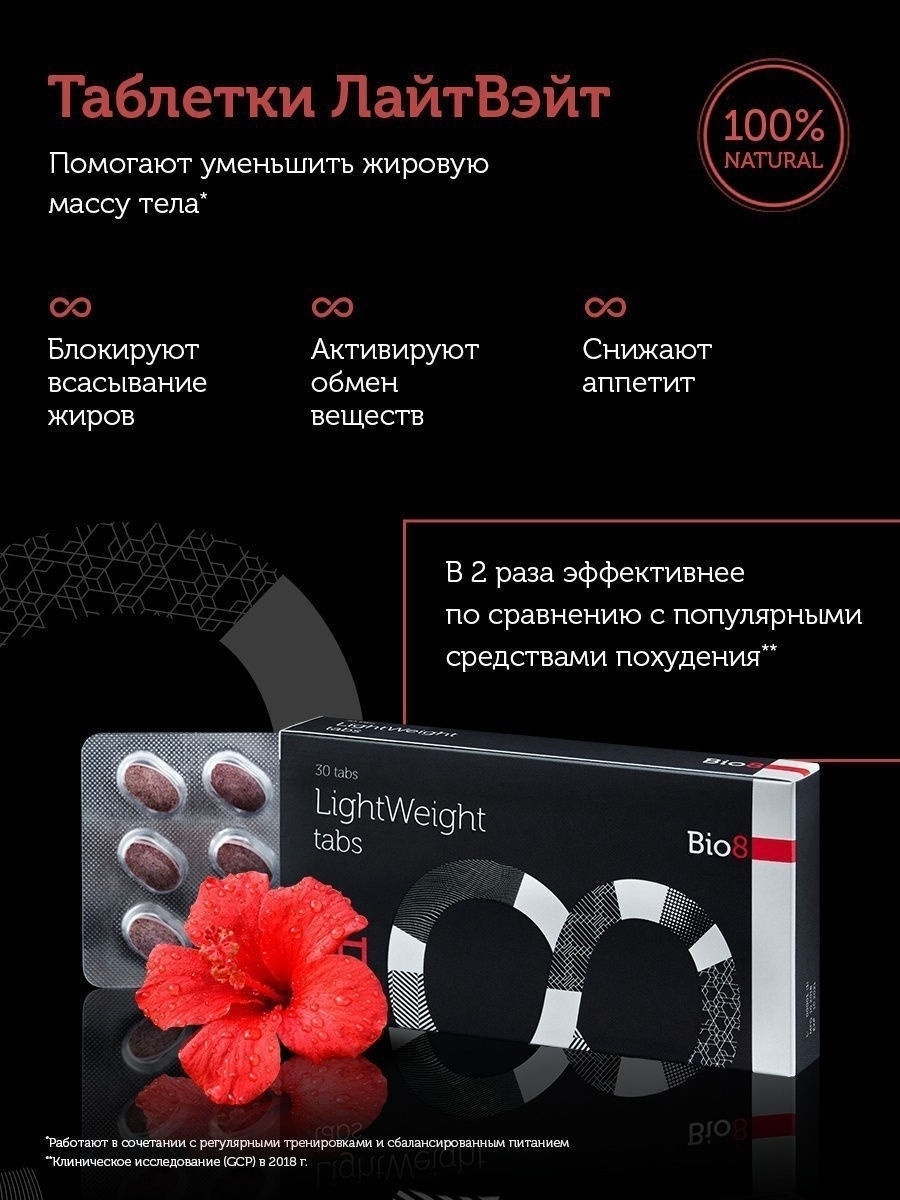
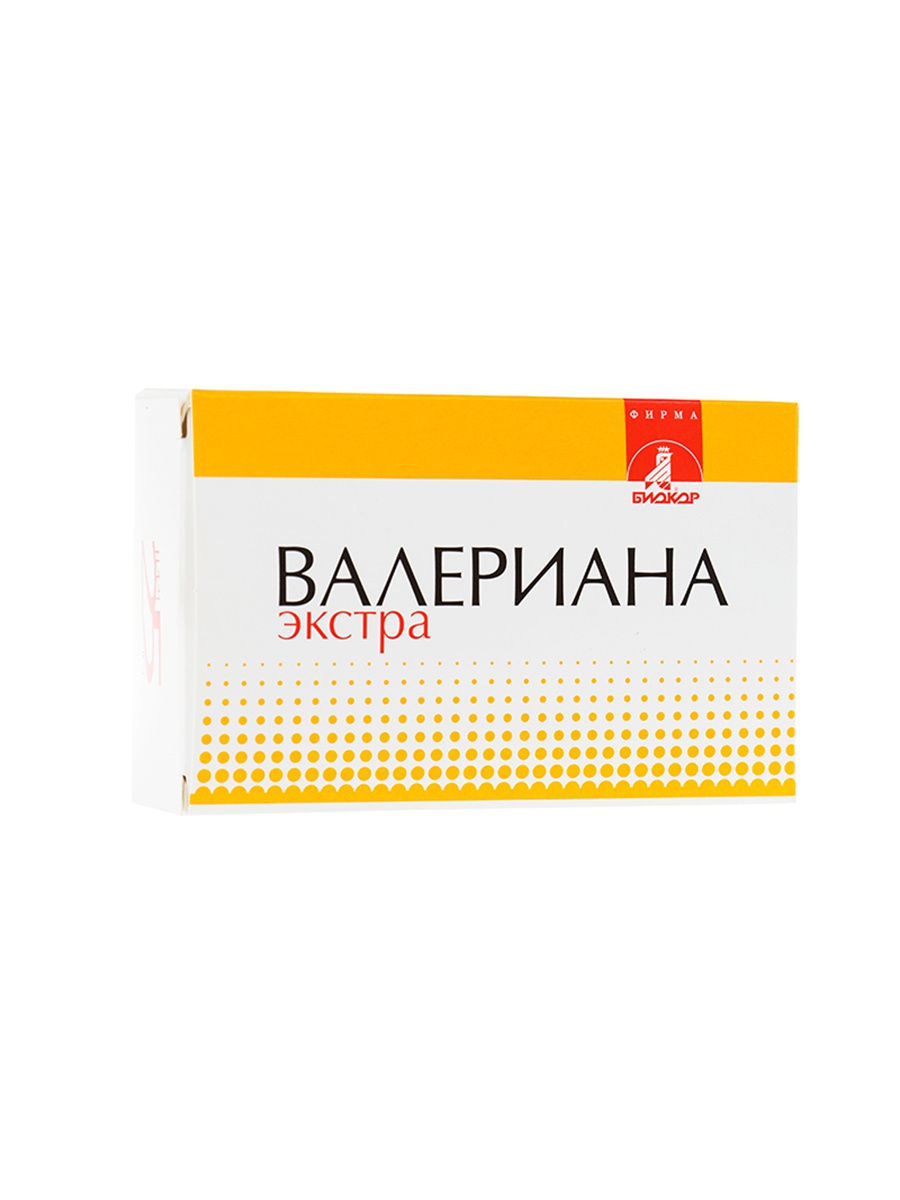
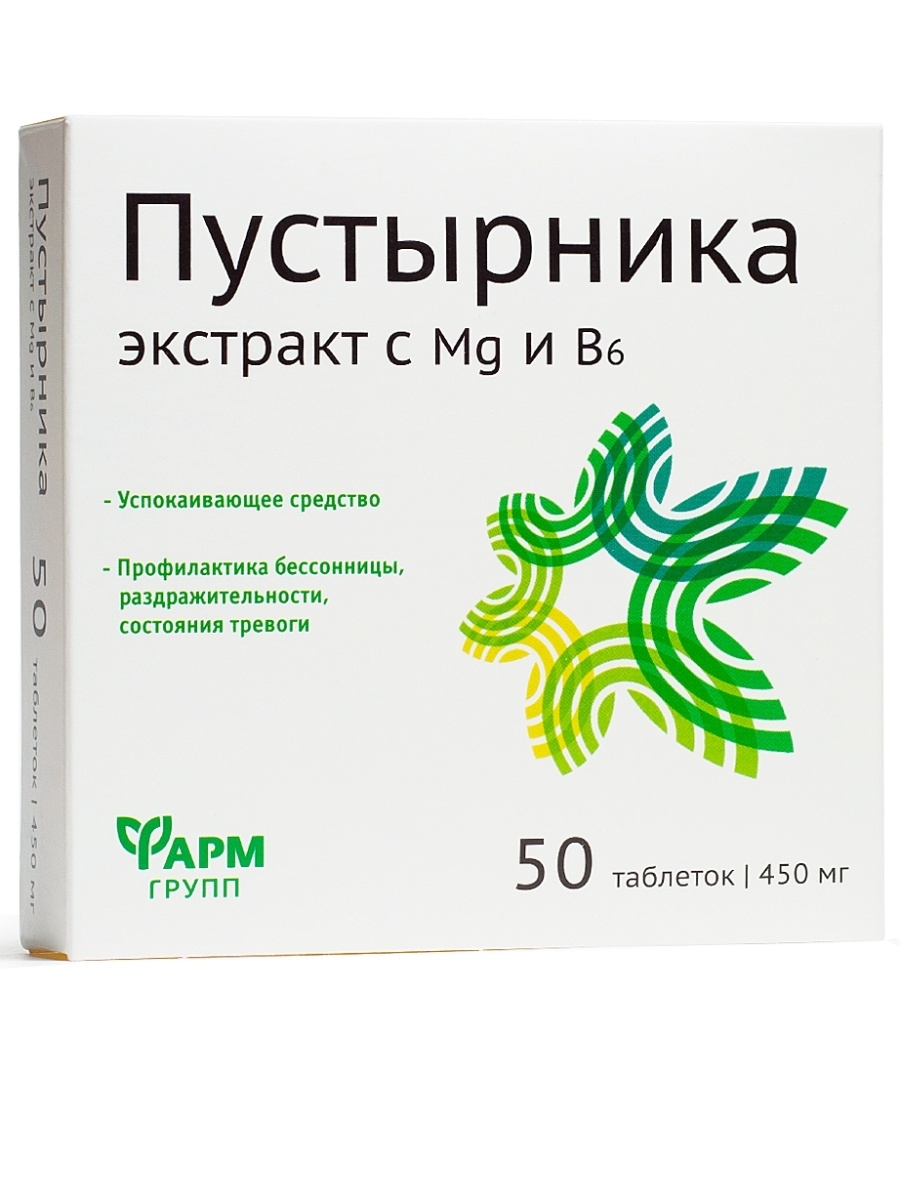
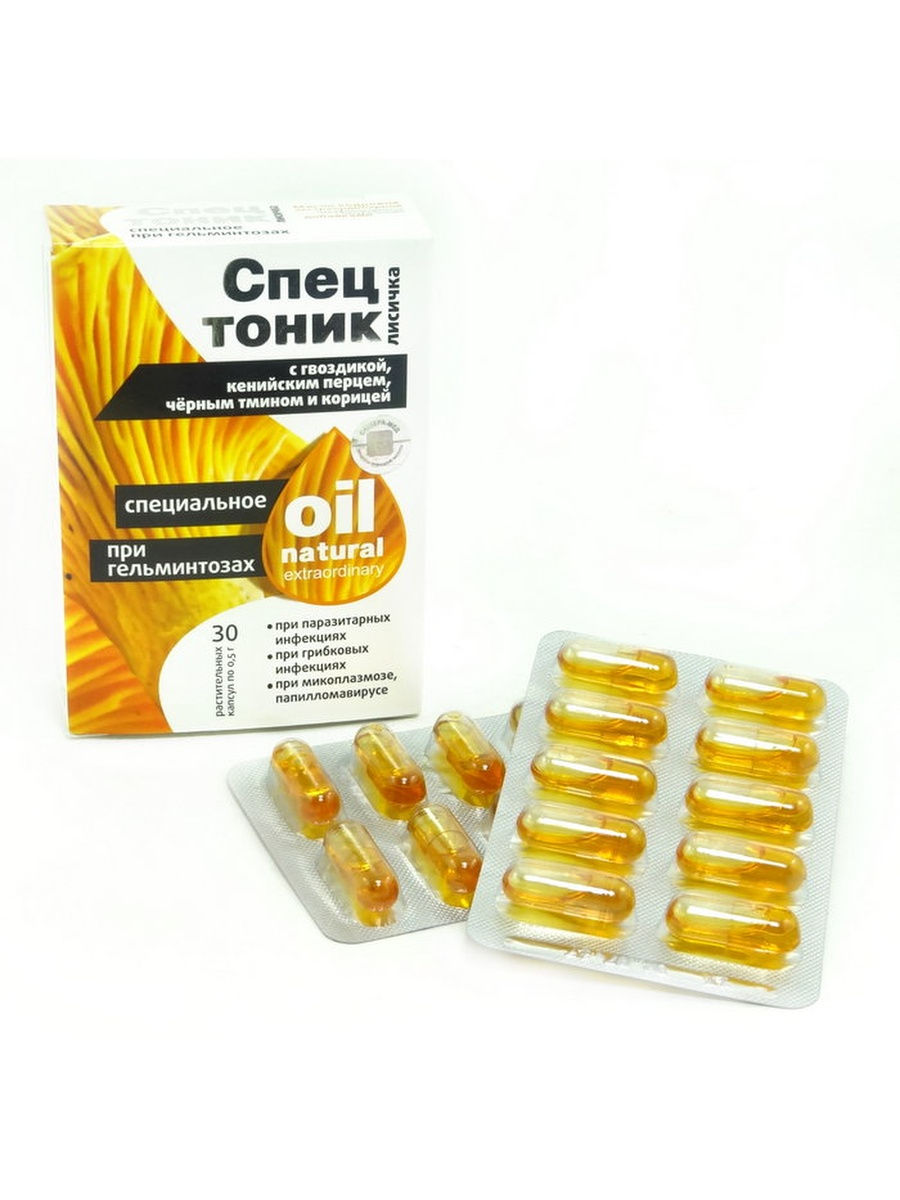




There are no reviews yet.